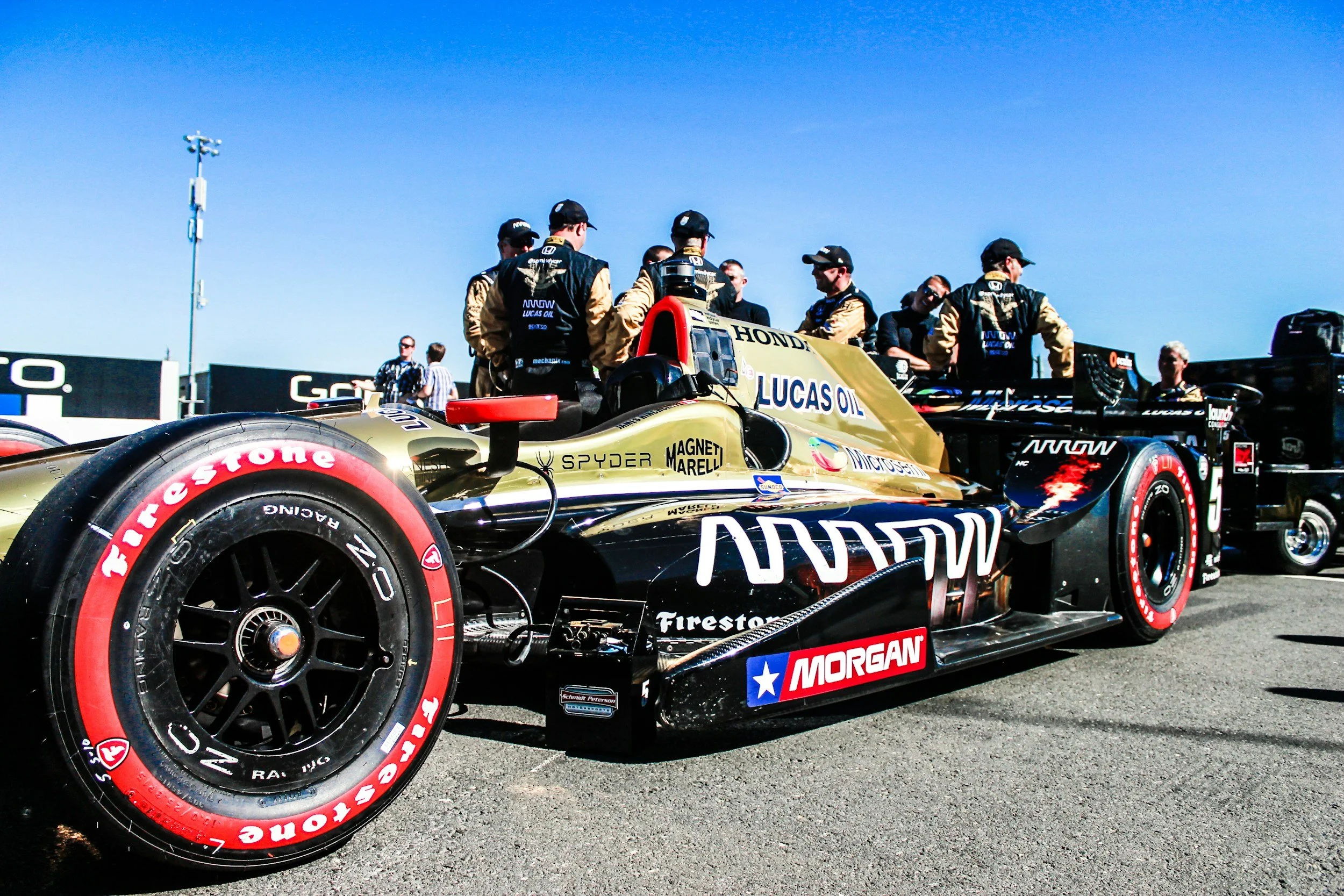Padel and Formula 1
Why the world’s fastest drivers are embracing the world’s fastest-growing sport
As the roar of Formula 1 engines fades after another thrilling Grand Prix, there’s a quieter, strategic game unfolding off the track—and it’s happening on a padel court.
From Max Verstappen to Charles Leclerc, Oscar Piastri to Pierre Gasly, F1 drivers are increasingly turning to padel tennis as both a physical outlet and a way to switch off. But this isn’t just a passing trend; it’s a powerful signal of padel’s growing influence in the world of elite sport.
In this article, we’ll explore the crossover between Formula 1 and padel, why it makes perfect sense, and what it means for padel’s future in the UK. If you’re a landowner, investor, or venue operator considering bringing padel to your site, this one’s for you.
More Than Just a Game: Why F1 Drivers Love Padel
There’s a reason why top-tier athletes are drawn to padel. The sport is fast-paced, strategic, and reactive—mirroring many of the demands of an F1 race. It sharpens reflexes, encourages lateral thinking, and offers just enough unpredictability to keep even the sharpest minds on their toes.
Many F1 drivers now include padel as part of their routine:
Max Verstappen and Lando Norris are often seen on court together.
Pierre Gasly co-founded a padel team to compete in the Hexagon Cup.
Charles Leclerc, Daniel Ricciardo, Oscar Piastri and Alex Albon are regular players.
For them, it’s more than a hobby—it’s a training tool and social release rolled into one. And the fact they’re sharing that journey publicly is helping shine a light on the sport.
Padel at Grand Prix Events: Taking Centre Stage
Padel courts are now being installed at some F1 race weekends, allowing teams, sponsors, and even VIPs to get involved in the action.
This is more than just entertainment. It shows that padel is now part of the wider Formula 1 experience - a complementary sport that’s flexible, accessible, and undeniably fun.
A Shared DNA: Strategy, Speed and Precision
Both Formula 1 and padel rely on:
Split-second decision making
High performance under pressure
A blend of mental agility and physical endurance
It’s no wonder the crossover feels so natural. But while Formula 1 is limited to elite-level circuits, padel can be played almost anywhere - from city rooftops to converted barns. And that’s where the opportunity lies.
What This Means for UK Growth
Padel is growing rapidly here in the UK. The Lawn Tennis Association (LTA) projects over 400,000 regular players by 2026.
The sport’s accessibility, low barrier to entry, and broad appeal across age groups make it an ideal addition for venues looking to attract a wider audience and generate reliable revenue. And with elite athletes bringing it into the spotlight, the momentum is only building.
Thinking About Adding Padel to Your Venue?
Whether you’re a landowner with underused space, a farm shop with an empty barn, or a leisure operator looking to diversify - now is the time to explore padel.
At Padel Magic UK, we offer a complete end to end service:
Site assessments and feasibility checks
Planning permission and council applications
Full court design, installation and surfacing
Canopy systems for year-round play
Business setup, branding, and booking systems
We’re not just suppliers. We’re your padel partner - guiding you through every step of the process.
Final Thoughts: Build Something BIGGER
Padel isn’t just a trend. It’s building communities, creating new business opportunities, and attracting high-profile attention from across the sporting world. If F1 drivers are investing in it - why not you?
Let’s talk about how you can bring padel to life at your venue.
Sources:
Deloitte Global Padel Report
Lawn Tennis Association (LTA) participation forecasts
Coverage from The Bandeja Padel Mag (Feb 2025) & GPBlog

